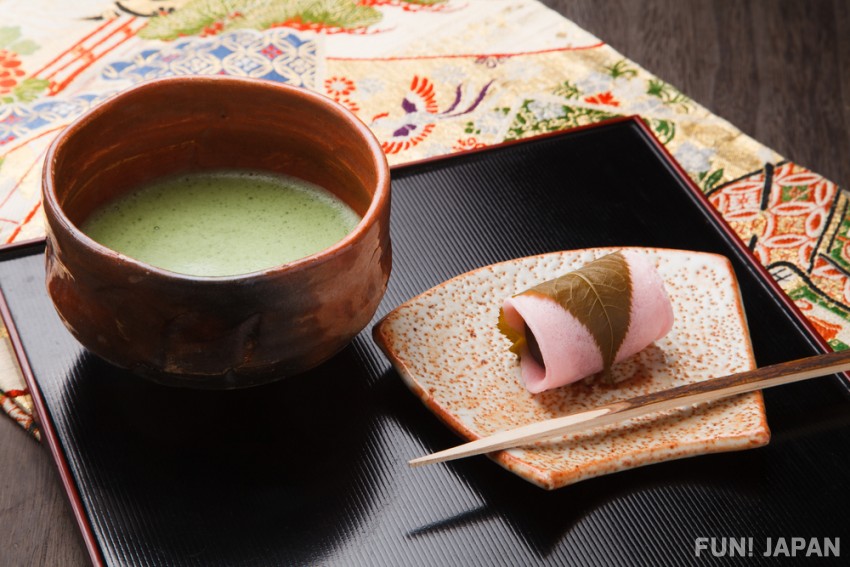
Wagashi literally means Japanese confectionery; WA (和 = Japanese) and GASHI (菓子 = confectionery). A variety of beautiful Japanese sweets that express spring, summer, autumn and winter, such as cherry blossoms for spring, in vivid colors. Where did that come from? What material is it made of? How to eat deliciously? Let's carefully clarify the questions related to Japanese sweets one by one.
Origin and history of wagashi
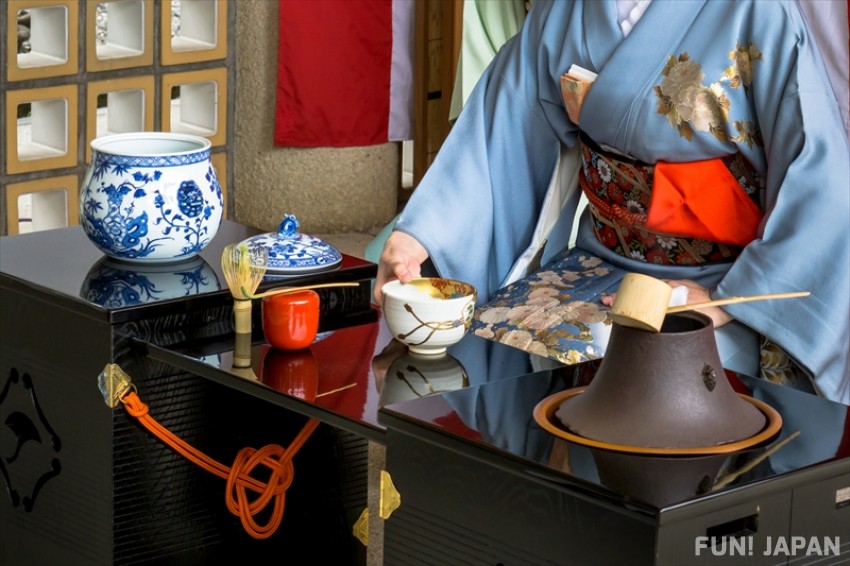
Wagashi Japanese sweets are said to have originated in the Jomon period, thousands of years ago. Mochi or rice cake was the first to be born. It is said that the ancients dried and preserved the nuts, crushed them into powder to remove the harshness, rolled them into balls, and heated them to make rice cakes. There is also a description of mochi in an old book from around 934, and it seems that it was made as an offering to the gods using rice, which was expensive at the time, and was treated as a very sacred thing. This is the birth of "mochi", which is said to be the oldest processed food in Japan.
After that, the production methods and techniques of wagashi evolved under the influence of exchanges with Tang (now China) and the development of tea ceremony culture. As time progressed, various materials were used, processing techniques improved, and high-quality wagashi with beautiful shapes began to be created.
By the way, it is said that the origin of the Japanese word 'kashi' (菓子 - confectionery) comes from the fact that ancient people, who did not have enough to eat, would eat nuts and fruits when they were hungry (菓 / ka - means nuts and fruits). For the ancients who did not have the technology to process food, the sweetness of fruits was special, and it can be seen that they were distinguished from the staple food from ancient times.
What ingredients are most commonly used in wagashi?
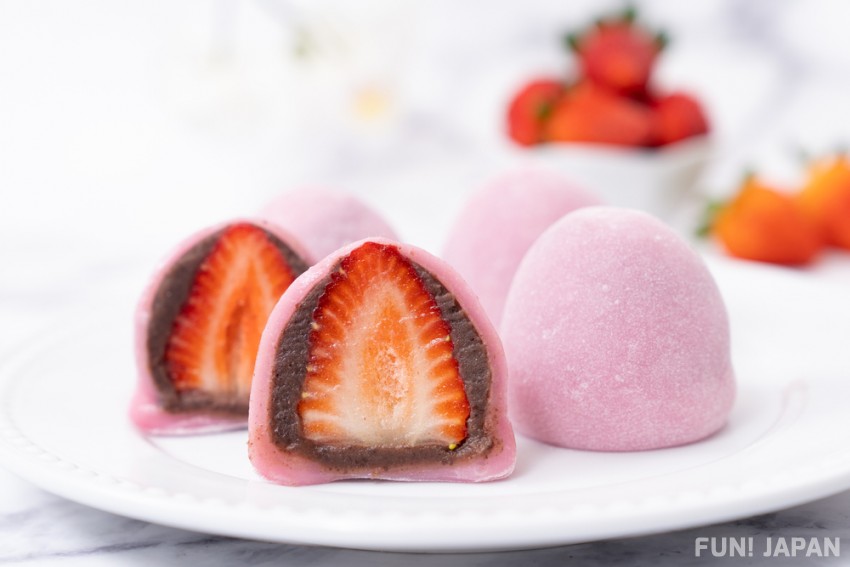
The most commonly used ingredient in Japanese sweets is anko (bean paste). This is made by pasting beans and adding a sweet flavor to it. Beans, especially azuki beans, are essential ingredients when talking about wagashi.
In addition, glutinous rice and other grains, and kanten, which has a plump texture when boiled and melted, are typical ingredients for making wagashi. In addition, Japanese sweets are often made with shapes and ingredients that are associated with the four seasons of Japan, so seasonal fruits are often used. In particular, chestnuts and persimmons are often used as ingredients, and peaches, pears, mandarin oranges, and plums are often used to imitate their shape or to make the most of their fragrance.
Types of wagashi

Next, let's introduce the types of wagashi Japanese sweets. Wagashi can be broadly classified into namagashi (raw/fresh confectionery), han-namagashi (semi-raw confectionery), and dried confectionery. Among these three, we will introduce the ones that are often found at souvenir shops and wagashi shops. Maybe you've seen or eaten some of the foods on the list?
Types of wagashi: Mochi
It is a fresh confectionery made from rice such as glutinous rice and non-glutinous rice, as well as starch extracted from kuzu (kudzu) and warabi (bracken). The springy texture is popular, and there are seasonal items such as "Kusamochi" and "Sakuramochi". There are others, too, such as "Daifuku", in which anko and ingredients are wrapped in mochi, and "Uiro", which does not have anko.
Types of wagashi: Manju
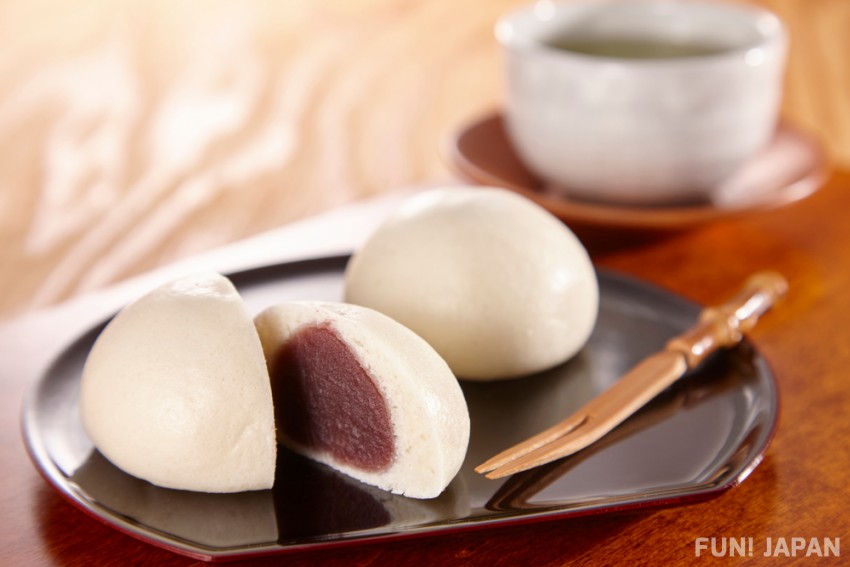
“Manju” is a confectionery that is steamed or baked after wrapping ingredients in a skin (生地 / kiji) made by kneading wheat flour, rice flour, buckwheat flour, etc. There are two main types of manju: grilled manju and steamed manju.
Types of wagashi: Monaka
A Japanese confectionery in which red bean paste is sandwiched between a skin made by putting a thin dough of glutinous rice into a mold. There are "Monaka" which is shaped like a lucky charm too, and it is one of the wagashi that is appreciated at celebrations.
Types of wagashi: Yokan

There are three types of yokan; "Neriyokan" (kneaded yokan) in which kneaded red bean paste, sugar and agar are boiled down while being kneaded and hardened in a mold, "Mizuyokan" (water yokan) which has a higher water content than kneaded yokan, and "Mushiyokan" (steamed yokan) which is made by adding wheat flour and arrowroot powder to the bean paste without using agar and steaming and firming them. They are often used as gifts for celebrations.
Types of wagashi: Senbei
As for wagashi, in addition to the sweet confectionery introduced earlier, there are also salty wagashi. “Senbei” or rice cracker is made from steamed non-glutinous rice, spread thinly and flattened, flavored with salt or soy sauce, then grilled or fried. It is one of the rice snacks made from non-glutinious rice, while rice snacks made from glutinous rice are called “arare” or “okaki”.
Delicious combinations of wagashi and drinks

Just as bitter coffee goes well with sweet pastries, and whiskey and red wine go well with chocolate, there are drinks that go well with wagashi. Please try to find the best match-up for yourself.
Point 1. The tea that goes well with each type of wagashi varies
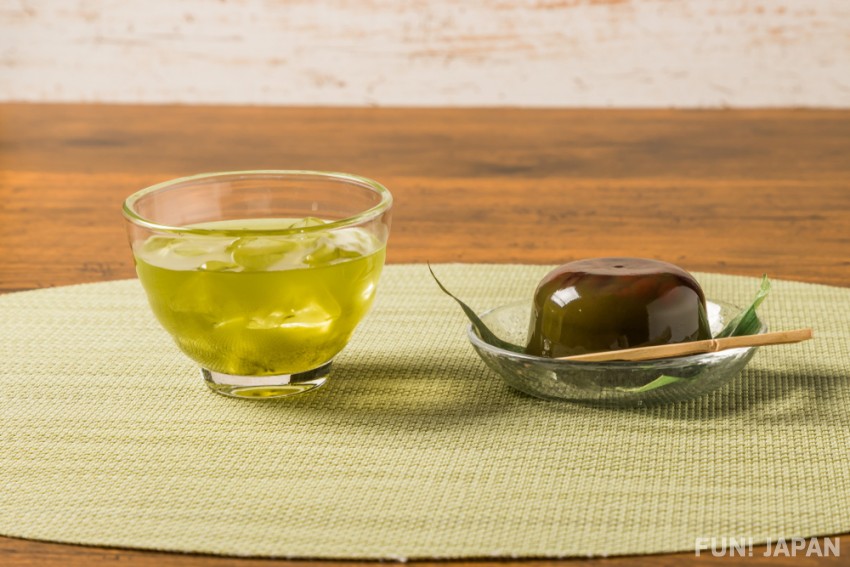
Strongly sweet and sticky namagashi go well with strong-tasting Japanese tea. Especially matcha and elegant gyokuro green tea are perfect!
On the other hand, for senbei crackers and baked goods that have a strong soy sauce flavor, we recommend bancha, which has a strong aroma and richness!
Daifuku, ohagi, and other heavy mochi sweets go well with light roasted green tea, less astringent Ceylon tea, and Assam tea.
Point 2. The pairing of red bean paste and rice crackers with alcohol is the best!
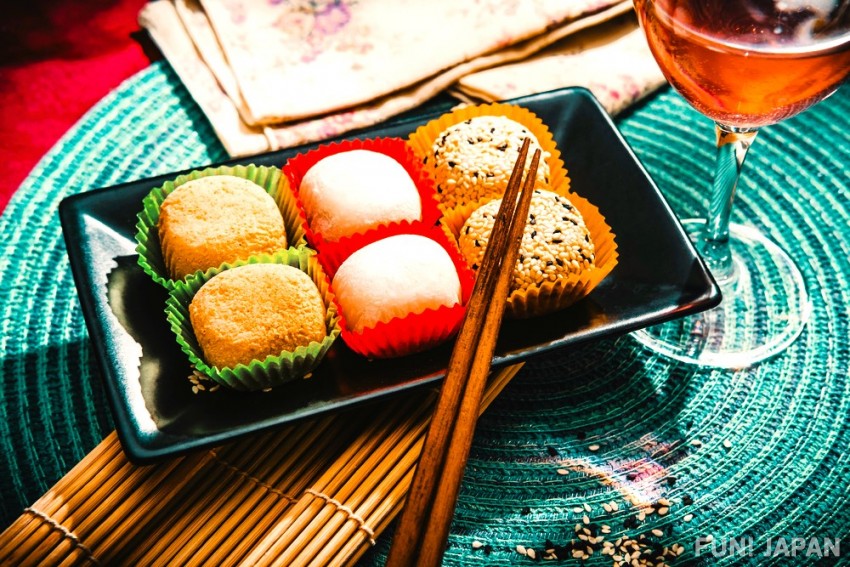
It is known that sweets and alcoholic drinks go well together, as chocolate is often served pairing with whiskey or red wine, but it is not very well known that wagashi and alcoholic drinks go well together. In particular, the anko red bean paste, which has a rich sweetness and umami of beans, is perfect as an appetizer for alcohol, and is said to go particularly well with dry junmai sake. It also goes great with sweet brandy, red wine, and black beer made with brown sugar! Beer also goes well with salty rice snacks such as rice crackers.
How was this article? Be sure to use this article as a reference when you visit Japan next time, and try and compare different types of Japanese sweets when you can!

Comments